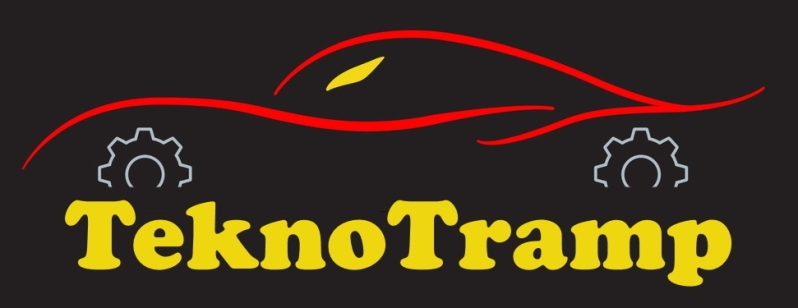
The Ferrari Dino
I bought this car 'complete', but it needed to be stripped to a bare shell as it was in such a rotted-out state. I'd only started my Engineering PhD about two weeks before, so the timing wasn't good. After about six months, I realised that I was putting so much time into it that I'd never get my doctorate finished unless I shunted it to one side. Then before that goal was reached, I moved house. Then I started a company to commercialise my research work. Then I got married. Then the following year my wife was diagnosed with cancer. In that time I also wrote over 40 books (some were collaborations) and did the photography for several of them. And I also built a custom Land Rover 110 Defender from the ground up. Oh, and re-vamped a VW T25 Transporter. And a 300Tdi Discovery. So it was a busy time - the upshoot being that the Dino project remained untouched.
So - I've got the Defender to finish (it's 99% there), the VW to sell, and the Aston to sort out. BUT - the Dino project is well on its way to being resurrected - since the beginning of the year I've been doing loads of preparatory stuff - like re-ordering the garage, building a chassis jig, and working out what's possible and what's not.
Since the car is in such a state, it wouldn't form a good starting point for an authentic restoration - besides which, I'm a race-car engineer, not a rivet-counting anorak. In other words, I'd be the wrong person to do a restoration anyway - if I had to fit a bolt that had been specified by an accountant - in other words, a cheap and crappy one, simply because 'That's how the factory did it', I'd never sleep. If the correct engineering solution was a hollow titanium or higher quality steel alternative, then that's what I'd want to fit.
With the same mindset, I looked at the powerplant. As standard, these cars have a transverse 2.4 litre V6, with a cast iron block made by Fiat (it was also used in the Fiat Dino, which was the only way Ferrari could afford to have it made). Unfortunately, in order to save weight and cost, corners were cut and it ended up as being too weak to take significant power improvements. The result is that it only made 190 bhp. But you have to remember that these were Italian horsepower, not real ones. It actually only made about 160 bhp, or about the same as one of my motorcycles, or that of an average modern saloon car. In other words, rebuilt to standard you'd have one of the most beautiful cars ever made with no appreciable performance. That simply won't do in my world.
So - there's a gentleman who built a lovely Dino with a V8 from a Ferrari 328 - that made something like 300 bhp. Beautiful.
He was then paid to build another with a 400 bhp F40 engine (minus turbos). That was even beautifuller.
But as that's now been done, it'd be boring to cover the same ground. My plan therefore, is to buy a written-off Ferrari 488 or F8 and use the powertrain from that. It would make well over 650 bhp, so that should liven things up a bit. The firewall to rear axle centreline is close enough to make it possible. The wheels would, of course, stick out of the sides, necessitating flared wheel arches. Back when the Dino was a current production car, there was a limited edition known as the 'Chairs and Flares' model which was fitted with wider wheels, but the body extensions the factory used to cover the tyres were little more than thin strips of flat steel welded in place (yet again, almost certainly something dictated by the cost-accountants), and they look awful. So I won't be doing it that way.
Watch this space for updates - I plan to film it every step of the way and release the results on YouTube under the TeknoTramp name!
If you're interested in buying any of the parts that I won't be using, please go here: Dino Spares
